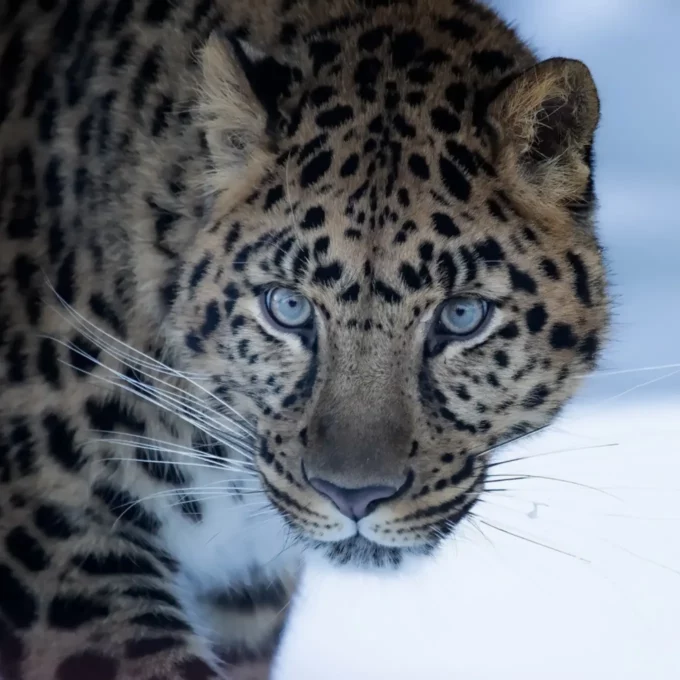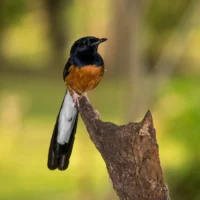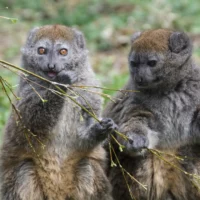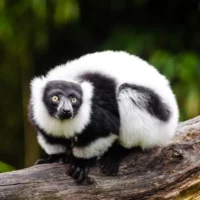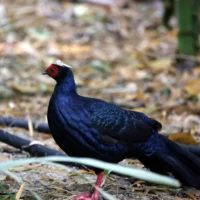These highly skilled carnivorous predators can bring down prey up to ten times their own weight, including deer and wild boar. Sharp bumps called papillae are found on their tongues, which scrape meat off the bones of any prey, and unfinished kills are stored up trees as they can leap up to ten feet vertically. Amur leopards wrap their eighty-centimetre long tails around them for warmth and grow up to seven-centimetres of dense winter coat each year.
Fun fact – Every individual leopard has a unique set of spots, much like humans have unique fingerprints!
-
Ecology
-
Threats
There is a high chance of extinction for Aumur leopards due to poaching, habitat loss and prey depletion, as infrastructure developments impact many species in certain regions. Their pelts and bones hold high financial value in traditional Asian medicine and as trophies. Mortality rates are also high among cubs, as they are born into a harsh environment and are blind, unable to crawl and only five- to seven-hundred grams; this rate will continue to increase as inbreeding causes health issues in cubs, and due to fertility problems in adults less cubs are being born in the first place.
-
Conservation
The Land of Leopard National Park was set up in 2012, protecting over 2,600 square kilometres; this park has supported a threefold increase in the leopard population. Restricting logging, paying more patrol workers and removing over 8,250 snares has helped to protect the species from some of the risks facing them. Reforestation efforts on agricultural land is increasing the area available to these leopards, and compensation for farmers whose livestock or crops have been damaged by Amur leopards has reduced retaliatory killings.
They retained their 2008 IUCN listing as Critically Endangered when reassessed in 2015, despite small increases in the Chinese population. The samples stored by Nature’s SAFE can play a part in future regeneration of these apex predators.
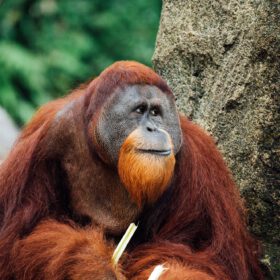
Fundraise for us
Sponsor a Fundraising Hero embarking on a challenge, or plan your own fundraiser to support us.
Get Started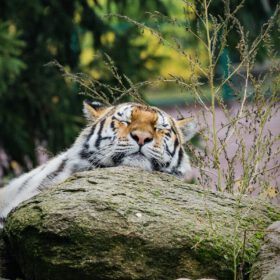
Corporate participation
Explore opportunities to develop a corporate partnership with us.
Get Started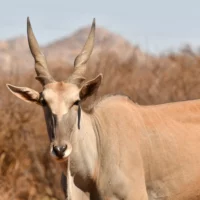
Common Eland
Total Population: 90,000 to 110,000 in the wild
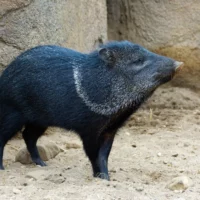
Collared peccary
Total Population: More than 2,000,000 in the wild
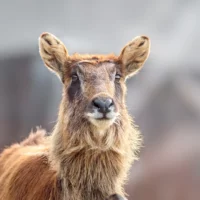
Nile Lechwe
Total Population: 30,000 - 40,000 in the wild
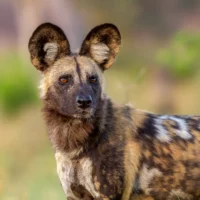
African wild dog
Total Population: Around 6,600 in the wild
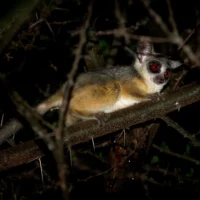
Senegal galago
Total Population: Unknown
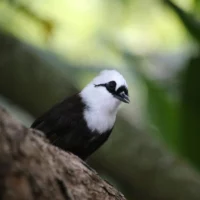
Sumatran laughing thrush
Total Population: 2,500 - 10,000 in the wild
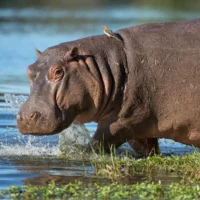
Common Hippo
Total Population: Less than 150,000 in the wild
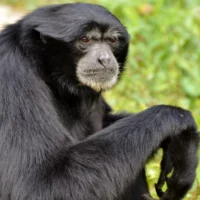
Siamang Gibbon
Total Population: Around 22,000 in the wild
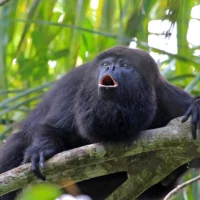
Black howler monkey
Total Population: Less than 5,000 in the wild
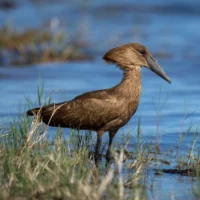
Hamerkop
Total Population: Unknown
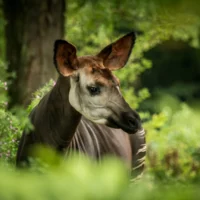
Okapi
Total Population: Less than 25,000 in the wild
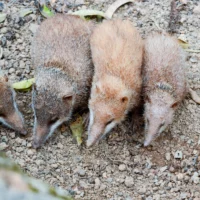
Lesser Madagascan tenrec
Total Population: Unknown
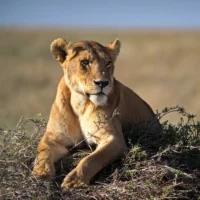
African Lion
Total Population: 20,000 - 25,000 in the wild

South American fur seal
Total Population: Around 200,000 in the wild
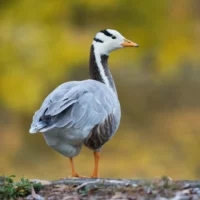
Bar-headed goose
Total Population: 97,000 - 118,000 in the wild

Chimpanzee
Total Population: 170,000 - 300, 000 in the wild

White naped mangabey
Total Population: Around 1,000 in the wild
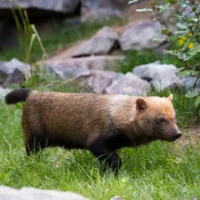
Bush dog
Total Population: Unknown
